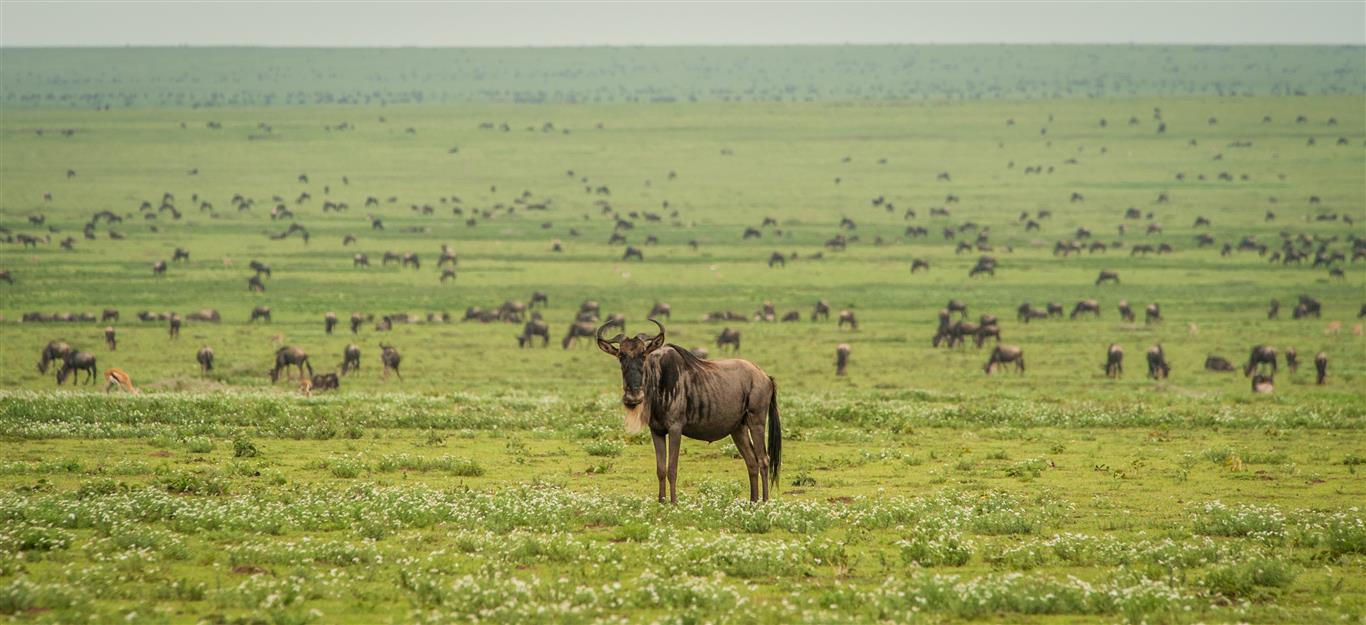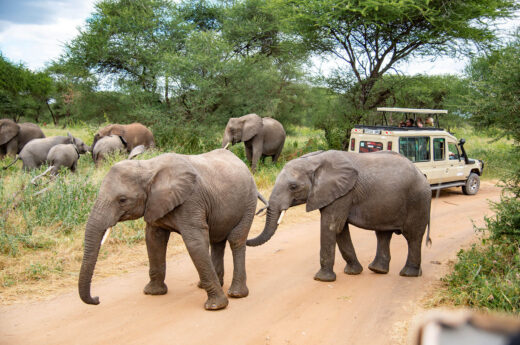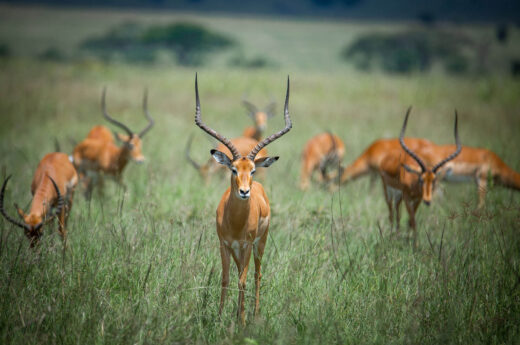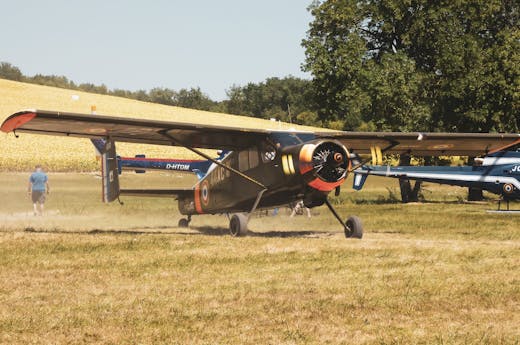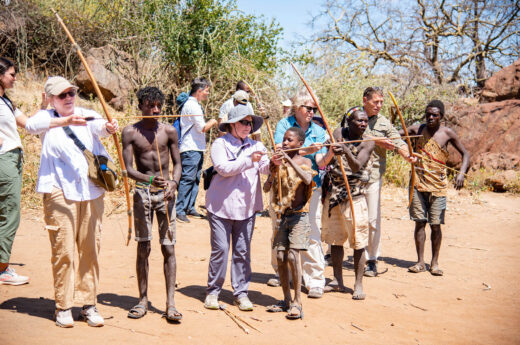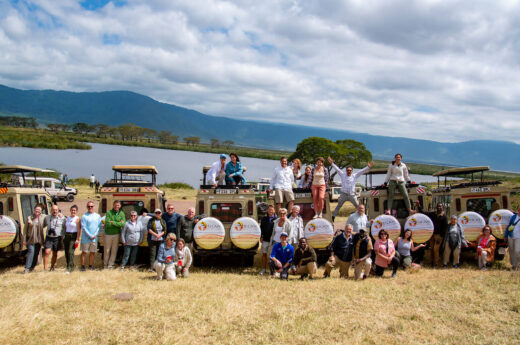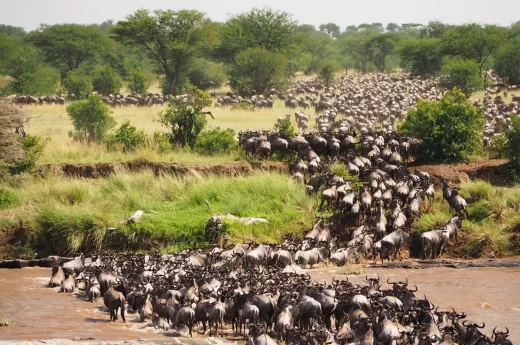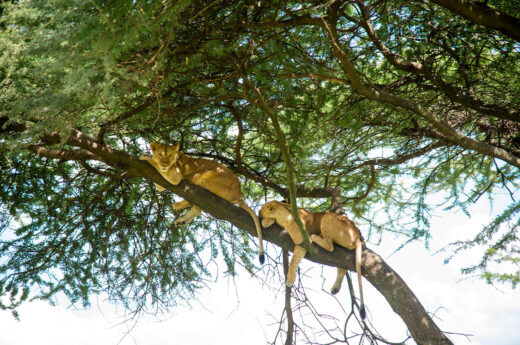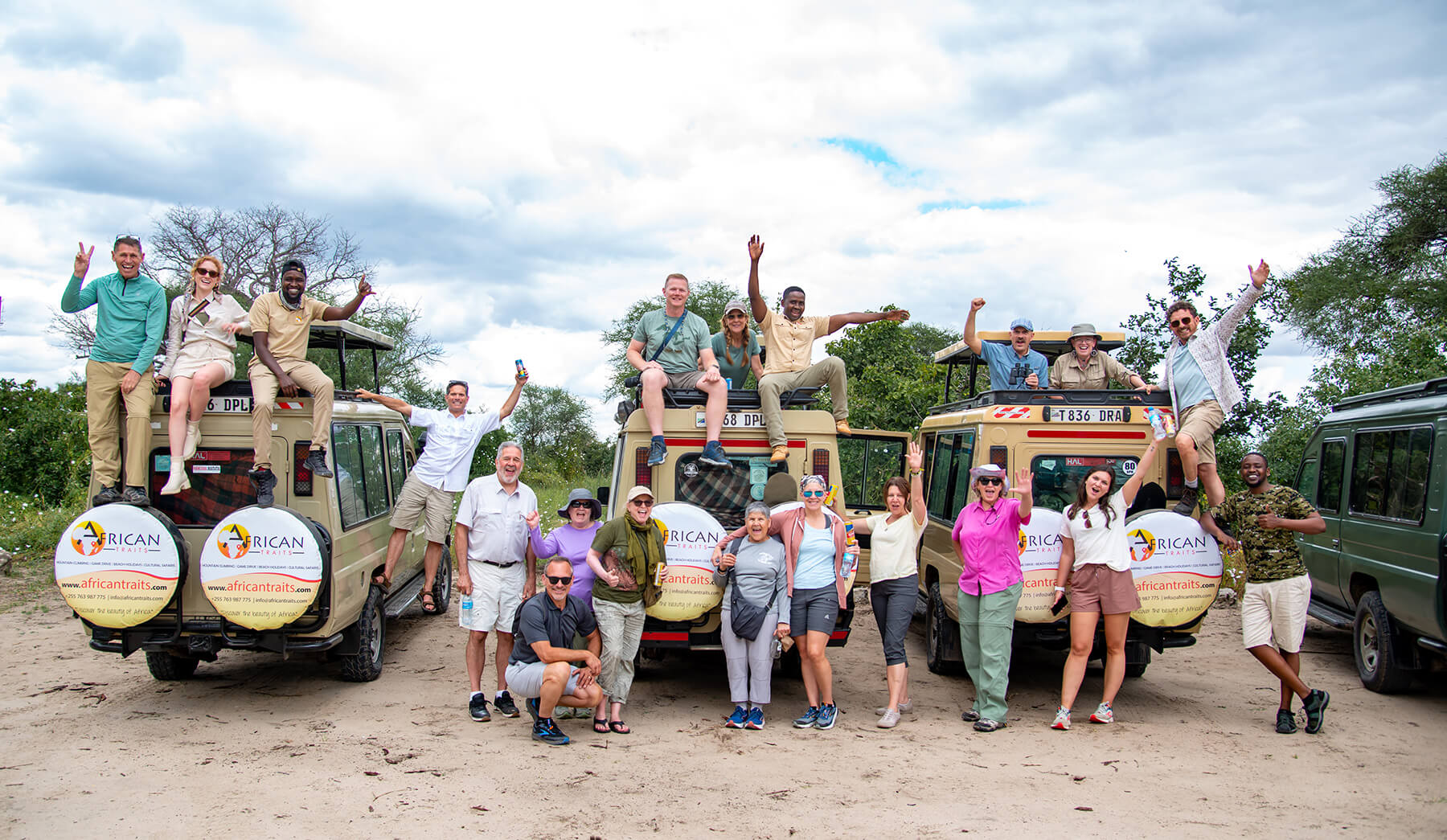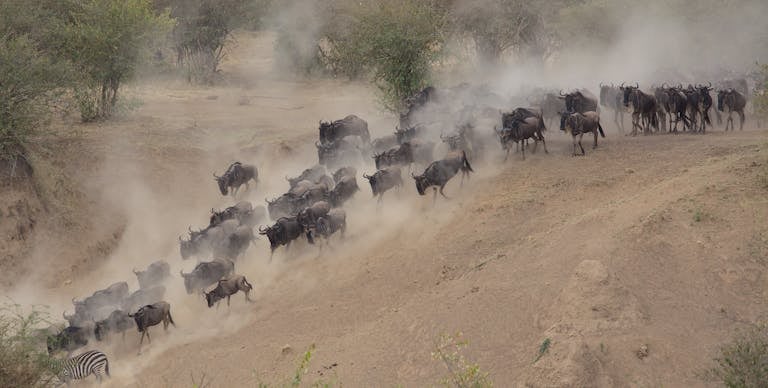
Serengeti National Park
The Serengeti, named by the Maasai, translates to “endless plains” or “the land that runs on forever,” reflecting its vast, unbroken landscapes
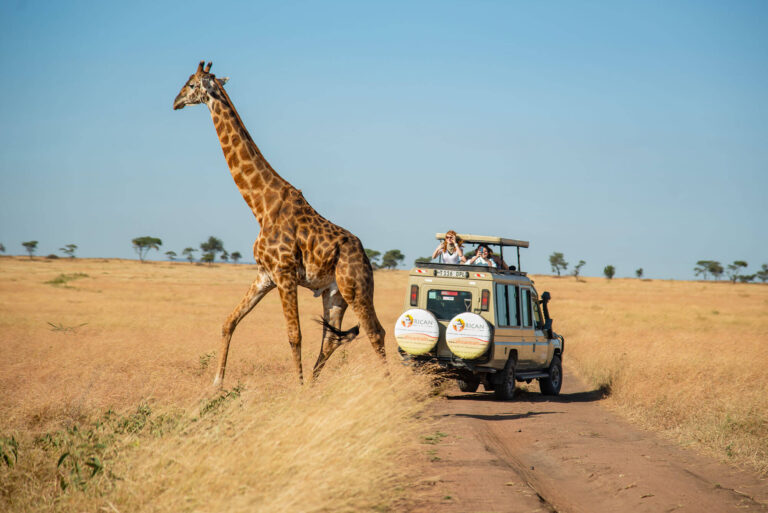
About Serengeti
The word “Serengeti” is believed to have originated from the Maasai people, who have lived in the region for centuries. It translates to “endless plains” or “the place where the land runs on forever,” capturing the vast, open landscape that defines the area.
Established in 1952, the Serengeti National Park spans 14,763 km² in northern Tanzania’s Mara Region. It is internationally celebrated as one of the most abundant wildlife habitats, attracting nature enthusiasts from around the world. The park extends northward into Kenya and borders Lake Victoria to the west, offering a rich diversity of ecosystems that support a wide range of species. Additionally, it is a World Heritage Site, recognized for both its wildlife and its prehistoric human relics.
The Serengeti’s landscape is characterized by expansive open spaces, granite kopjes, flat-topped acacia trees, and rolling grasslands. While only two permanent rivers flow through the park, many gullies emerge during the rainy season, temporarily swelling with water.
Highlights
River Crossings
Ungulates run the gauntlet of predators waiting at the rivers they must cross during the migration.
The Great Migration
the annual migratory circuit of over a million wildebeest and other ungulates draws predators and tourists alike.
Predators
the abundance of prey means Serengeti boasts the greatest concentration of large predators, including lion, cheetah, leopard, and spotted hyena, on earth.
Serengeti National Park is renowned for its abundant wildlife, with over 2 million ungulates roaming its ancient plains, creating a rich ecosystem that supports Africa’s iconic predators. This near-pristine wilderness offers a sensory experience with its diverse species of birds and plants, highlighting nature’s complexity and beauty. The park is accessible by road, 335 km from Arusha, and by air, with seven airstrips servicing different regions.
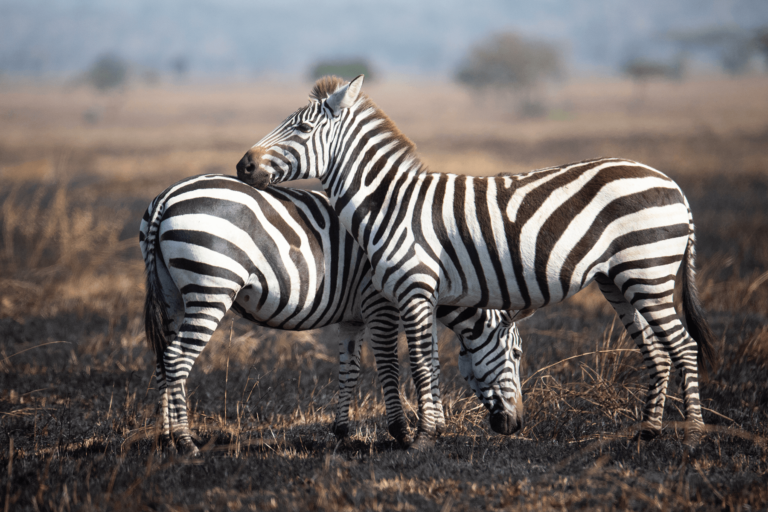
Northern Serengeti
The area between Seronera and Kenya’s Masai Mara is less frequented by tourists and has limited infrastructure, making it ideal for those seeking to avoid crowds. The landscape is marked by rolling grasslands, abundant wildlife, and dramatic scenes at the Mara River during migration crossings from June to July and September to November. The Lobo Valley, home to predators, giraffes, elephants, and topi antelope, is best visited in the dry season when wildlife gathers around Bologonja Springs and the nearby salt lick.
Central Serengeti (Seronera)
The Seronera Valley, also known as Africa’s Big Cat Capital, is a popular area within the Serengeti due to its permanent lodges and the park’s main airstrip. This results in high tourist traffic, especially during peak season, which can detract from the game-viewing experience. Despite the crowds, the valley is rich in wildlife, including zebras, wildebeests, antelopes, and elephants, making it a prime location for spotting predators like lions, cheetahs, and hyenas. The region’s acacia savanna landscape offers easy viewing of the abundant game, with the Great Migration passing through from April to June and October to December.
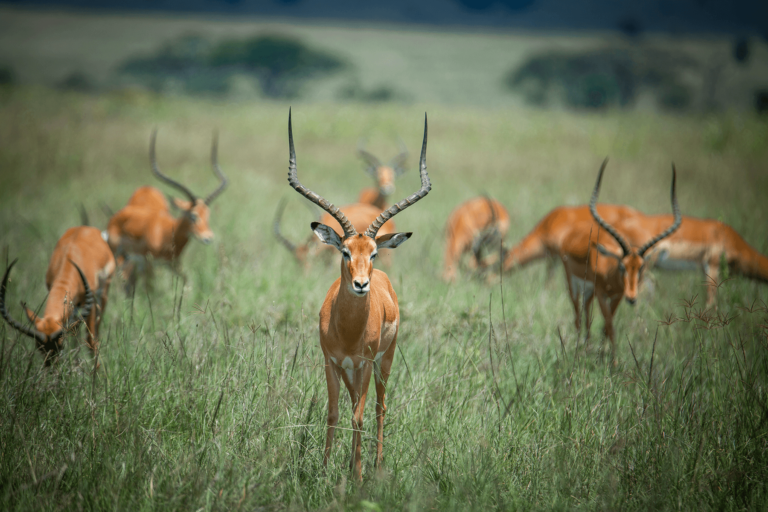
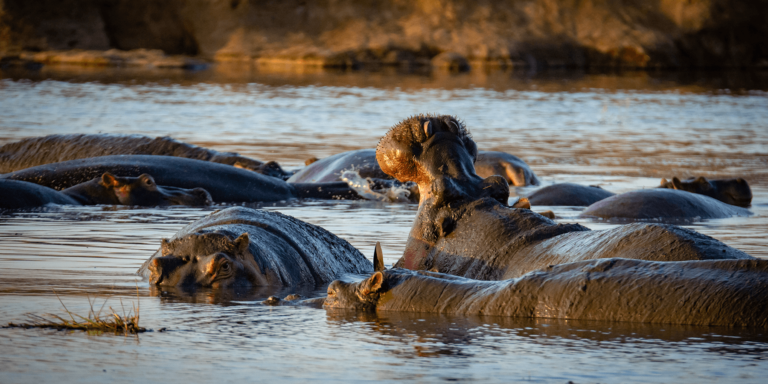
Western Corridor and Grumeti
The Western Corridor in the Kirawira region is one of the best spots in the Serengeti to witness the dramatic Great Migration. From May to July, migrating herds must cross the Grumeti River, where swift waters and large crocodiles pose significant dangers. Even after crossing, land predators await. Outside of this peak migration period, the area is quieter, with a diverse landscape of riverine, floodplains, woodlands, and savanna leading to Lake Victoria. It’s also the only place in the Serengeti where colobus monkeys and kongoni antelope can be seen, amidst forests and dense bush.
Southern Serengeti
From December to May, the vast herds of wildebeest, zebra, and antelope pause their migration on the plains south of Seronera, near the Ngorongoro Conservation Area, for the calving season. Typically in February, thousands of calves are born, able to walk within minutes and run with the herd within hours, as they must quickly strengthen for the upcoming dry season migration northward. The abundance of young attracts predators, leading to fierce competition among them for easy prey.
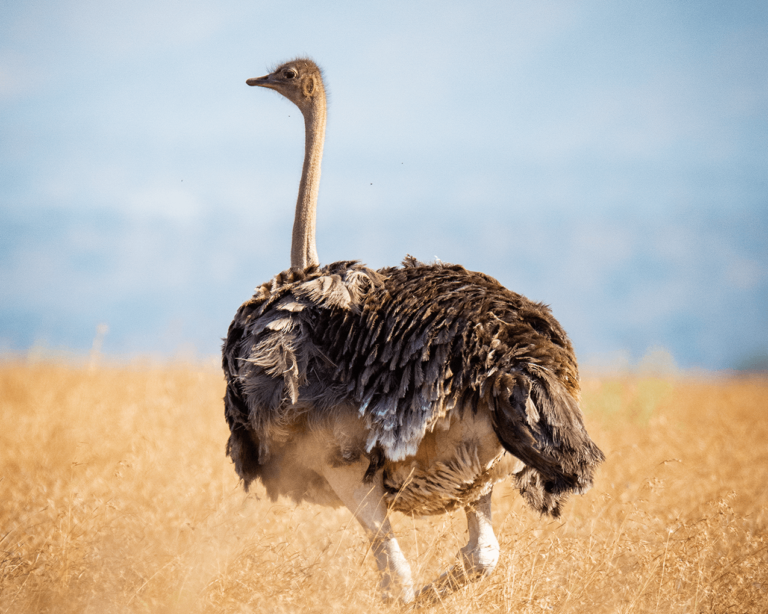
Weather and Climate
January to February – ‘Best Time’ – This is the best time to see the wildebeest calving and is an excellent time to see predator action. There is usually a dry spell between the short and long rains. The exact timing is unpredictable.
March, April & May – ‘Long rains’ – These are the wettest months. It tends to rain most days, although seldom for the whole day. It is often cloudy.
June, July, August & September – ‘High Season’ – Occasional cold fronts are possible, with temperatures close to freezing. It’s usually chilly early in the morning. Animals are easier to spot since they gather around waterholes and rivers and the vegetation is less thick
October – The short rains might start at the end of October if they are early.
November & December – ‘Short rains’ – An unpredictable period of about a month of rains occurs sometime between November and December. The rains will be unlikely to interfere with your safari.
Activities
Experience Serengeti’s diverse activities, including thrilling safaris, cultural encounters, aerial adventures, and more, immersing you in nature and tradition.
Game Drives
Explore the Serengeti’s vast landscapes and encounter wildlife in their natural habitat during guided safari tours.
Hot Air Balloon Trips
Experience breathtaking aerial views of the Serengeti and its wildlife at sunrise from a hot air balloon.
Night Game Drives
Witness nocturnal wildlife behavior and discover the Serengeti’s hidden night-time wonders with expert-guided drives.
Masai Cultural Experiences
During a cultural village visit, immerse yourself in authentic Masai traditions, learning about their customs, dances, and lifestyles.
Bush Dinners
Enjoy a gourmet meal under the stars in the heart of the Serengeti, surrounded by the sounds of the wild.
Bird Watching
Spot and identify diverse bird species in the Serengeti, a haven for bird enthusiasts with over 500 species.



